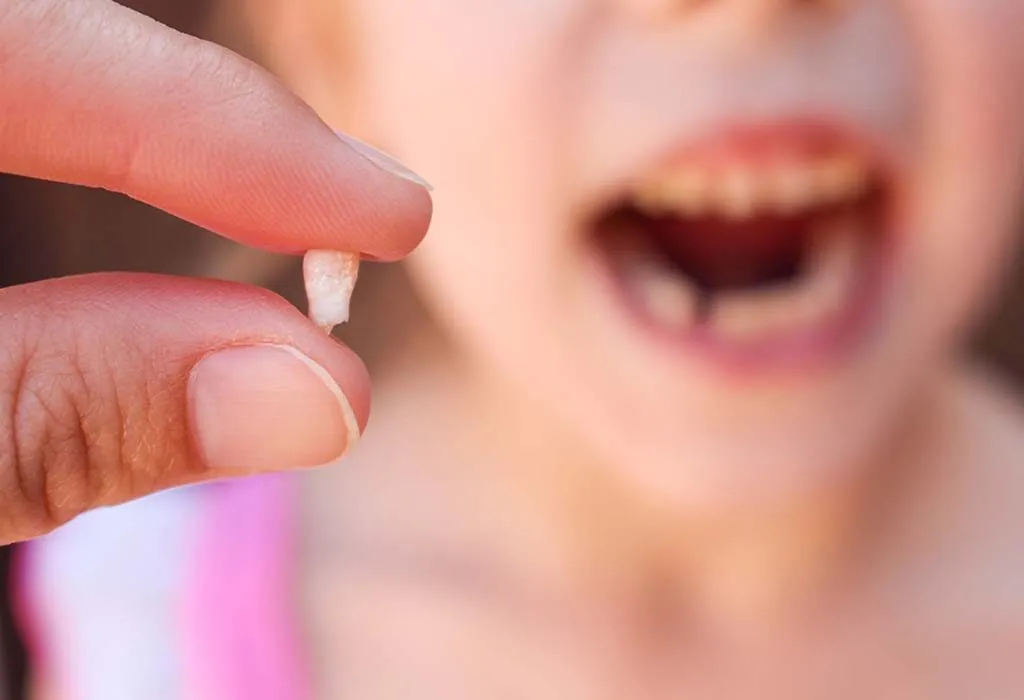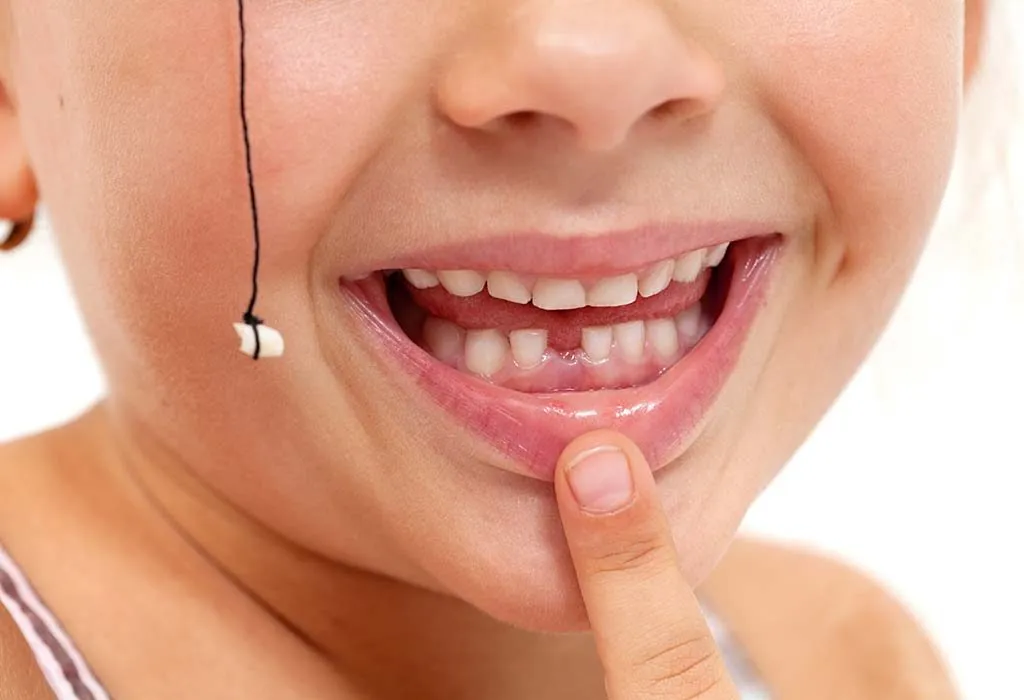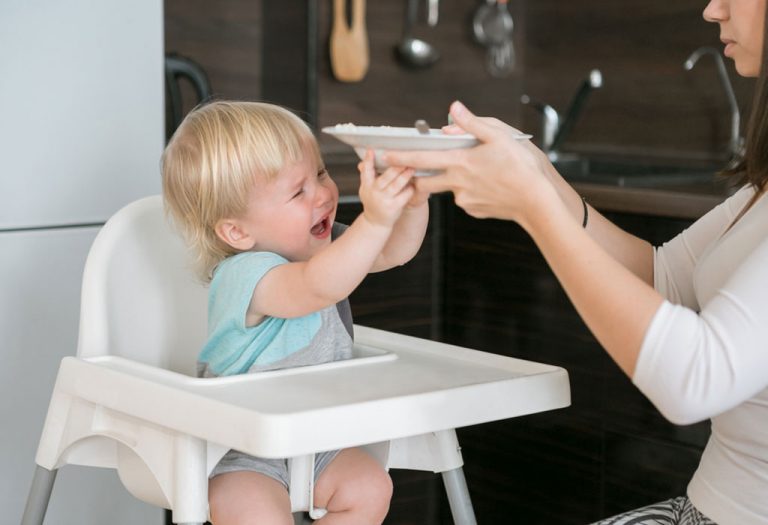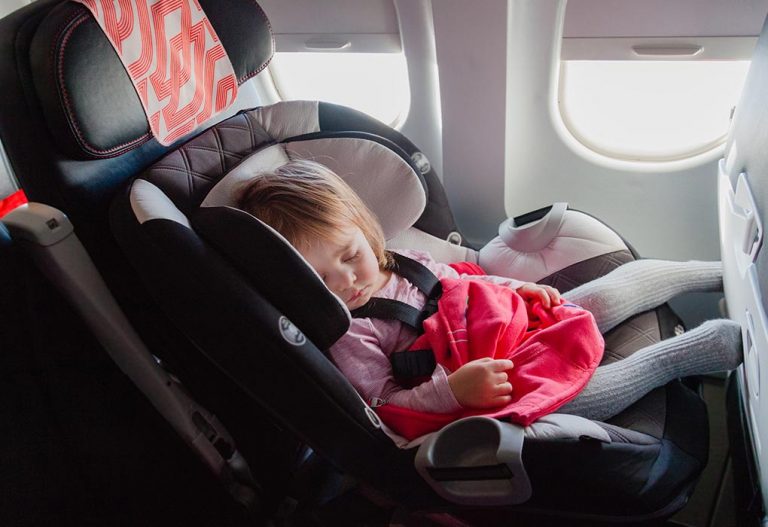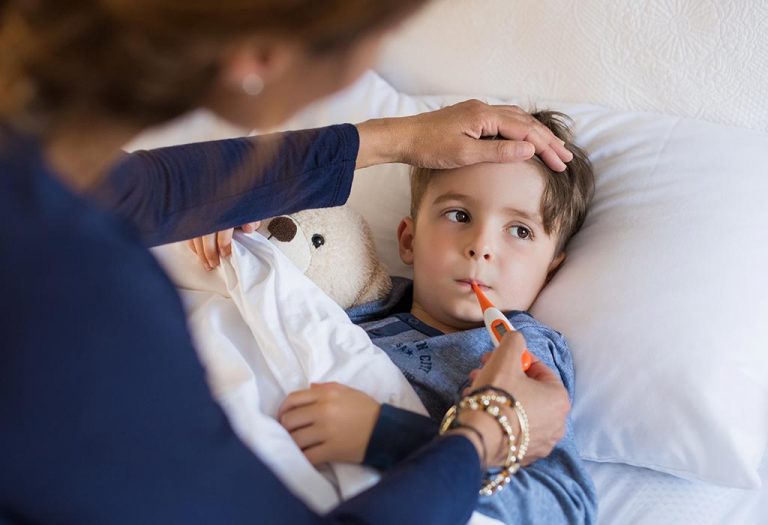How to Remove Baby Teeth at Home Painlessly?

Baby teeth can start appearing anytime between 3-18 months in children. These primary or baby teeth will remain for only a short period; children begin to lose these teeth for their permanent ones. While most will be very excited about their falling teeth and will be more than happy to play around with their loose tooth, some do not like it and will want you to take it out. As a parent, you might wonder how to remove baby teeth at home safely and effectively. It’s important to ensure the process is as painless and stress-free as possible for your child.
When Is the Right Time to Remove Baby Teeth?
The right time to remove a baby’s tooth is when it is very loose and ready to come out easily. Typically, this occurs naturally around the age of six or seven when children start losing their primary teeth to make way for their permanent ones. If the tooth is hanging by a thread and causing discomfort, it can be gently removed at home.
Easy Tips to Remove Baby Teeth Without Pain and Safely
Here are some tips on how to pull a baby tooth out safely.
1. Perfect Timing
Just because your child’s tooth is starting to come loose, it does not mean that it is ready to be pulled out. The roots of the baby teeth dissolve, causing it to loosen and come out to make way for the roots of the permanent adult teeth to grow. If you do not wait for the right time, your child will have an empty gap in their row of teeth for much longer, than if you had waited until the tooth was loose enough to come out. Pulling a tooth out before the right time will also make the process of removal much more painful for your child. When the tooth moves as far forwards and backwards as possible, then you know that the time is right. Give your child a heads-up that it could take a few months before that loose tooth is ready to be pulled or fall out on its own, and hence, she will need to be patient in the meantime.
2. Loosey Goosey
Just because it may take a long time for the tooth to fall out, it doesn’t mean it can’t be helped along to make the process move quicker. The simplest and most painless way to go about loosening the tooth is to have your child do it herself. Get her to move it around with her tongue or finger until it becomes loose enough, such that pulling it out at a point will be painless. While loosening, your child will be able to feel how far back it can go without causing pain and will be able to tell when it is okay for you to try and help her pull it out. If you want to try something to help it along, give your child some food that isn’t so easy to chew, such as corn on the cob or an apple or cucumber.
3. Prep the Gums
When it’s time to get started, you can help prepare for any possible pain by numbing the area. Either apply an ointment on the gums which has been prescribed by the paediatrician or dentist, or have your child eat a few ice golas to help numb it in a way she will enjoy.
4. Get a Grip
Trying to grab hold of a tooth covered in saliva can be a serious challenge, especially since baby teeth can be so small. The best way to get a grip would be to wipe your child’s tooth a few times with some gauze and then by using a fresh piece to help you grab hold of the tooth. You can also use rubber gloves as they will have a firmer grip after you have already gone ahead and wiped down the baby tooth. Having a bad grip can only prolong the process and cause pain to your child. You can compare it to ripping off a band-aid; the quicker you do it, the less it hurts.
5. Who Pulls?
When it’s time for the pulling, let your child do it because she is more aware of how much pain there is and can stop if the pain becomes too intense. Sometimes, it is possible to misjudge if a tooth is ready to come out or not and the only person who will know for sure is your child. Some children are up for the challenge, but if your child is too scared to do it, you can pull the tooth out without causing any pain. Just tug at it lightly first and ask if the tooth feels loose enough to come out. If there was any pain in the light tug, don’t go ahead with it because it may still be too soon. If your child feels like it is loose enough and the pain is not intense, pull quickly so that it comes out in one shot.
6. Avoid the ‘Doorknob’ Method
We’ve all seen and heard stories about how the best way to remove the loose baby tooth is by tying a string around the tooth, then tying the other end to a doorknob, and then shutting the door quickly, causing the tooth to come out fast and painless. The problem with this method is that it could cause a lot of pain to your child if the tooth is still not ready to come out and can also lead to a lot of bleeding. So no matter how tempting and exciting the method may be, avoid it to spare your child the pain.
7. Twist and Pull
If the tooth is very loose, you can try gently twisting it before pulling. This can help to break any remaining tissue holding the tooth in place, making the removal process less painful. Be sure to twist gently and stop if your child feels any discomfort.
8. Cold Compress
Applying a cold compress to the gum area before attempting to pull the tooth can help numb the area and reduce any pain your child might feel. Use a clean cloth with ice and hold it against the gums for a few minutes before the removal process.
Tips to Take Care After Pulling Out Teeth of Your Child
Taking care of your child’s gums and mouth after a tooth has been pulled is crucial to ensure proper healing and to prevent infection. Here are some essential tips to follow after your child’s tooth removal.
1. Apply Pressure to Stop Bleeding
Immediately after pulling baby teeth, place a clean piece of gauze over the socket and have your child bite down gently. This will help stop any bleeding. Keep the gauze in place for about 15-20 minutes or until the bleeding stops. If bleeding continues, replace the gauze with a fresh piece and repeat the process.
2. Avoid Rinsing for the First Few Hours
It’s important to let the clot form in the socket, so avoid having your child rinse their mouth for the first few hours after tooth removal. This helps prevent dislodging the clot and promotes healing. After a few hours, you can gently rinse with warm salt water to keep the area clean.
3. Use a Cold Compress for Swelling
If there is any swelling or discomfort, apply a cold compress to the outside of your child’s mouth near the extraction site. This can help reduce swelling and numb any pain. Apply the compress for 10-15 minutes at a time, with breaks in between.
4. Offer Soft Foods
For the first day or two after the tooth is pulled, provide your child with soft foods that are easy to chew and won’t irritate the extraction site. Foods like yogurt, applesauce, mashed potatoes, and scrambled eggs are good options. Avoid giving them crunchy, spicy, or hot foods that could cause discomfort.
5. Maintain Oral Hygiene
Keeping the mouth clean is important to prevent infection. Ensure your child brushes their teeth gently, avoiding the extraction site. You can help them rinse with warm salt water after meals to keep the area clean and promote healing.
6. Monitor for Signs of Infection
Keep an eye on the extraction site for any signs of infection, such as increased redness, swelling, pus, or persistent pain. If you notice any of these symptoms or if your child has a fever, contact your dentist immediately for advice and treatment.
When Is It Not Advisable to Pull the Baby’s Tooth?
If your child is younger than 5, if the tooth is only slightly loose, or if the looseness is due to an injury, it’s best to seek advice from your dentist. Attempting to pull a tooth before it is fully ready can result in an open wound, excessive bleeding, and potentially disrupt the emergence of the adult tooth. Additionally, premature extraction can fracture the tooth’s root, creating a gap that is susceptible to complications such as infections and plaque accumulation.
FAQs
1. Can you use dental floss to remove a baby tooth?
Using dental floss to remove a baby tooth is not recommended. While it might seem like a simple method, it can cause discomfort and may not provide enough control or leverage to ensure a painless removal. It’s better to use gentle, more controlled methods like wiggling the tooth with clean hands or gauze.
2. What should you do if the tooth does not come out after repeated attempts?
If the tooth does not come out after repeated, gentle attempts, it’s best to consult with a dentist. Persistent resistance could indicate that the tooth is not ready to be removed or that there might be underlying issues requiring professional intervention.
This was all about baby teeth removal. There are times when your child may grow their permanent teeth before their baby teeth have even started to fall out. This will cause the permanent teeth to grow in behind the baby teeth, making two rows (also called ‘shark’s teeth’) and there may be times when your child’s baby teeth won’t want to fall out at all. These are times when you may need to pay the dentist a visit. If your child’s teeth are normal and you have helped her to remove her teeth, be careful of the bleeding. Use a piece of gauze and press it against the gum to help stop the bleeding, but if the bleeding continues for more than fifteen minutes, get help.
References/Resources:
1. At what age do children start losing their baby teeth?; Mayo Clinic; https://www.mayoclinic.org/healthy-lifestyle/childrens-health/expert-answers/baby-teeth/faq-20058532
2. Bracing for the Fallout: When Do Kids Lose Their Teeth?; Cleveland Clinic; https://health.clevelandclinic.org/when-do-kids-start-losing-teeth
3. Baby Teeth; Mouth Healthy: American Dental Association; https://www.mouthhealthy.org/all-topics-a-z/baby-teeth/
4. Nelson. S, Slusar. M, Albert. J, Riedy. C; Do baby teeth really matter? Changing parental perception and increasing dental care utilization for young children (Contemporary Clinical Trials); Science Direct; https://www.sciencedirect.com/science/article/abs/pii/S1551714417300125; August 2017
5. Teething/Teething Syndrome; Cleveland Clinic; https://my.clevelandclinic.org/health/articles/11179-teething-teething-syndrome
6. Wisdom Teeth; Cleveland Clinic; https://my.clevelandclinic.org/health/body/23223-wisdom-teeth
Also Read:
Dental Care for Kids
Broken Teeth in Kids
Tooth Decay in Children
Essential Oils to Use for Teething Babies
Common Children’s Teeth Problems & Solutions
Clove Oil Usage for Teething Pain Relief in Babies
Was This Article Helpful?
Parenting is a huge responsibility, for you as a caregiver, but also for us as a parenting content platform. We understand that and take our responsibility of creating credible content seriously. FirstCry Parenting articles are written and published only after extensive research using factually sound references to deliver quality content that is accurate, validated by experts, and completely reliable. To understand how we go about creating content that is credible, read our editorial policy here.







